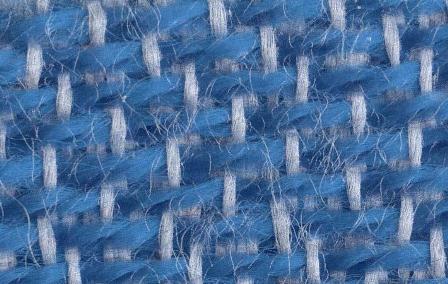


Cornell University's technology allows for the production of woven fabrics according to customers' wishes
01-12-2017
Professor Steve Marschner at Cornell University and Professor Brooks Hagan of the Rohde Island School of Design have created a new technology that allows woven fabrics to be produced automatically and at customer's discretion, changing the notion that textiles Pots can not be produced according to customers' wishes in small batches. Both were inspired by Marschner's research for digital animation.
 ​
​
The two scientists began with the vision to open up the textile design process to anyone. "We have seen the opportunity to provide a way for anyone to put any design on the woven fabric to their liking. You can log into our web app, upload a design, and view a preview of the fabric while you change the weave, the color of the yarn, etc. And then when you feel like it, you click to print, "Mr. Marschner said.
Marschner and Hagan began working on the technology for many years - inspired by Marschner's work in digital animation and also worked with Kaviata Bala, a computer science professor, and graduate student. Shuang Zhao. In order to obtain a realistic render of the fabric, they scan the samples on the nano-CT 3-D scanner at the Department of Imaging at Cornell University's Center for Bioengineering, which can produce large amounts of tissue. Very detailed bonded appearance. "The technology is fast and accurate enough for us to turn virtual products into industrial products when bonded, surface structures and surface quality are critical factors for success," said Hagan.
Researchers have established Conputational Textiles in 2015 and have received funding for Small Business Innovation Research from the National Science Foundation to bring their website, Weft, to market this year. Weft is now available online, so there are custom designs on the web, and by the end of the year customers can upload their own designs or photos as well as revise their designs. The design is available on the website as you like. Future design plans include allowing customers to see fabrics on 3D objects such as pillows or chairs. The company has agreements with several major US textile mills to produce custom designed fabrics.
According to Vinatex